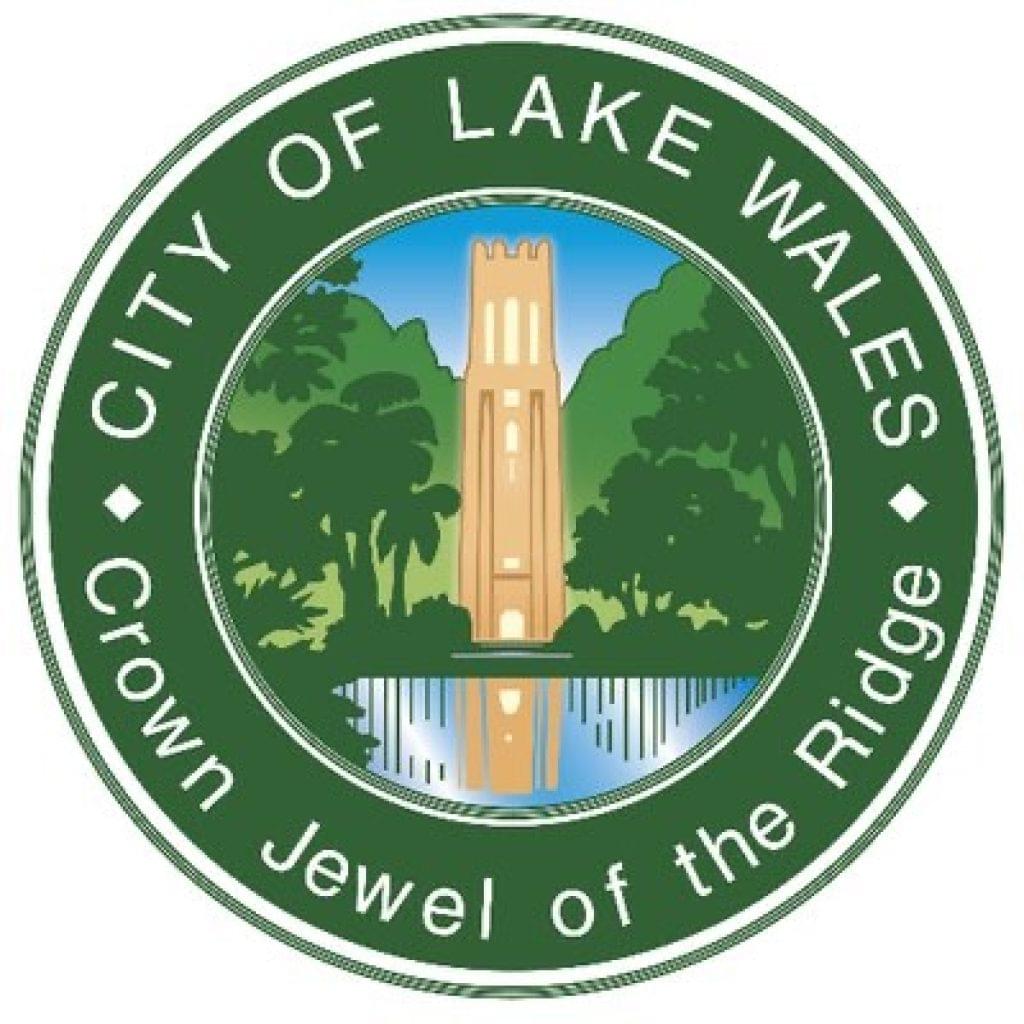
More Than 1K Single-Family Units Planned East of US Highway 27 Now That Lake Wales Has Approved Ridgecrest Community Development District (CDD)
by James Coulter
More than 1,020 single-family units are planned to be constructed on a 312.7-acre unimproved site east of US Highway 27 now that the City of Lake Wales has approved the Ridgecrest Community Development District (CDD).
At their regular meeting on Tuesday evening, Lake Wales city commissioners, through a unanimous roll call vote, approved the second reading of an ordinance adopting the Ridgecrest CDD.
As City Manager James Slaton explained in the city agenda, Ridgecrest is “a 312.7-acre unimproved site south of Russell Avenue, west of 1st Street South, north of Hunt Brothers Road, and east of US Highway 27.”
Ridgecrest will be used for a 1,020-unit single-family Planned Development Project (PDP). The proposed development is currently in Site Development Permit review. The CDD for the development had previously been planned and petitioned for approval in 2022; however, as Slaton explained, “the project was then temporarily put on hold by the applicant.”
The Ridgecrest CDD will manage and finance the delivery of basic services. As Slaton explained: “Once the roads, water, and wastewater improvements are constructed at the developer’s expense, these facilities will be subsequently dedicated to the City for operation and maintenance and will create a long-term fiscal impact.”
“The utility system is valued at approximately $10,404,000,” he further elaborated. “Based on an average monthly utility bill of $70.00 per single-family home within city limits, the City may collect over $856,000 in utility bill fees annually within the Ridgecrest development.”
Brent Elliott, Chief Financial Officer for Center State Development, petitioned the city on behalf of Ridgecrest. Through a testimonial submitted to the city, he averred that the improvements brought about by the adoption of the CDD will benefit the city as a whole, especially residents, in terms of overall accessibility and traffic flow.
“The proposed CDD has sufficient land area, and is sufficiently compact and contiguous to be developed, with the roadway, drainage, water and sewer, and other infrastructure systems, facilities, and services contemplated,” he wrote. “The district will operate as one functionally interrelated community.”
However, a few residents and even a commissioner raised concerns about CDDs in general. Charlene Bennett, who spoke during public comments, felt CDDs diverted accountability away from developers and potentially burdened homeowners.
“It would appear to me that CDDs should be reserved for more high-end properties where people can afford the legal and other financial projects,” she said. “Homeowners should be protected from the financial burdens of uncertainty.”
Commissioner Carol Gillespie concurred with the sentiment. She likewise feared that CDDs could potentially be used as “a way for developers to pass the cost of infrastructure onto homeowners.”
However, even despite her trepidations on the matter, she decided to vote to approve this particular CDD, seeing as how it had already received preliminary approval during the first reading and public hearing of its ordinance.
“We are not in a position to put a stop to doing that,” she said. “This proposal has already been approved once, and I do not think this CDD will be any worse than some of the others getting approved. My view is that you kind of have to go along with the flow.”


